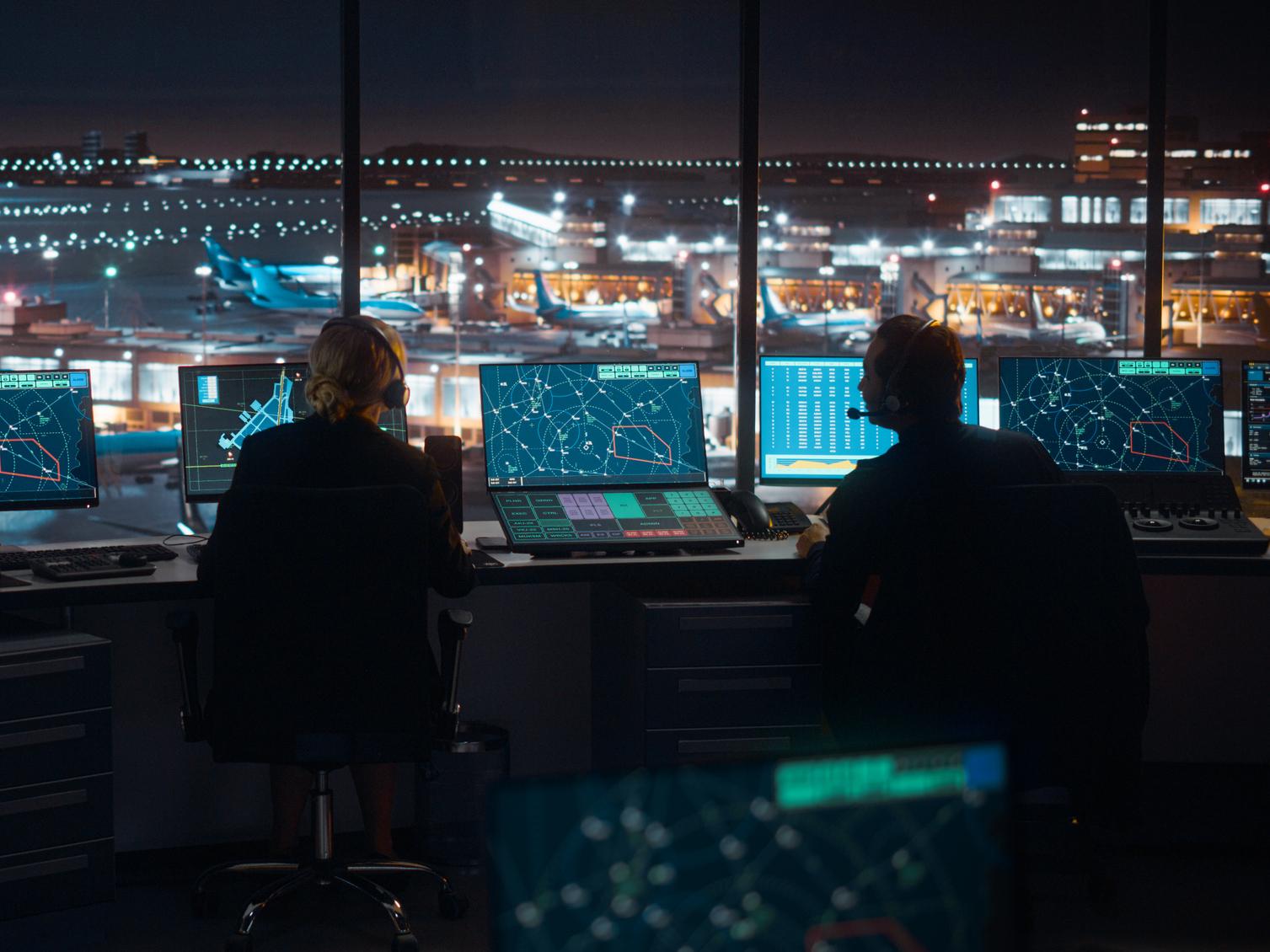SITA Aircraft Chief: Current Technology Would Bring Immediate CO2 Reductions

Optimizing flight trajectories and air traffic management practices could contribute to a 10% CO2 reduction per flight, but implementation of readily available technology needs to be accelerated.
That’s according to SITA for Aircraft CEO Yann Cabaret, who emphasized that while sustainability discussions often revolve around new aircraft, engines and fuel types to help cut emissions, there is the potential for immediate gains through operational optimization.
“One of the key challenges lies in the exchange of data between air traffic control, pilots and dispatchers,” he told ATW at the Paris Air Show on June 21.
“Currently, the situation is such that ATC often relies on purchasing weather data from local weather companies, a practice that has been in place for decades. On the other hand, pilots benefit from the data we provide, which involves aggregating multiple weather sources and accessing real-time information such as clear air turbulence.
“Essentially, pilots have access to the kind of data that aligns with the technological advancements of 2023. Unfortunately, ATC lags far behind.”
Cabaret said this discrepancy presents a clear opportunity for improvements to reduce fuel-burn on indirect and inefficient flight paths. However, he stressed that while there is a shared desire among air navigation service providers (ANSPs) to reduce emissions, change is not happening fast enough.
“Everybody knows that if we don't change the way we do traffic management, the system is going to collapse,” he said. “But it needs to happen quicker.”
Cabaret’s comments were echoed by Thales VP of strategy airspace mobility solutions Benjamin Binet at an earlier panel discussion that day.
“There's an inefficiency in terms of global airspace and traffic management that we can solve,” he said. “However, we have been unable to for the last 20 years due various reasons, be it a lack of priority, a lack of technology, or a lack of funding. There needs to be more collaboration—we have to solve the complexities by bringing together companies like Thales, Collins and Airbus and ANSPs to address this as a priority.”
